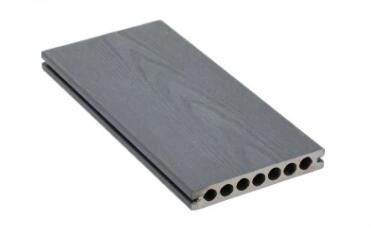Flooring Transformations: Installing Plastic Flooring Over Existing Floors
2024-01-05
Introduction:
Renovating or upgrading flooring is a transformative process that can breathe new life into a space. Plastic flooring, known for its versatility and ease of installation, often raises the question of whether it can be laid directly over existing flooring or if a subfloor is necessary. In this blog, we'll explore the possibilities and considerations when it comes to installing plastic flooring, weighing the option of installing it over existing floors against the traditional approach of using a subfloor.
1. Understanding Plastic Flooring Types:
1. Vinyl Flooring:
- Flexible Installation: Vinyl flooring, a popular plastic flooring option, is known for its flexibility and adaptability. Many vinyl products can be installed over various existing floor surfaces.
2. Laminate Flooring:
- Specific Subfloor Requirements: Laminate flooring, although featuring a plastic component, may have specific subfloor requirements, and direct installation over some existing floors might not be recommended.
3. Luxury Vinyl Tile (LVT):
- Versatile Installation: Luxury Vinyl Tile (LVT), a premium vinyl option, is often designed for versatile installation, allowing for placement over existing floors in certain conditions.
2. Installing Plastic Flooring Over Existing Floors:
1. Smooth, Level Surfaces:
- Prerequisite for Success: The existing flooring must be smooth, level, and free of significant imperfections for successful installation. Irregularities can affect the appearance and performance of the plastic flooring.
2. Thorough Cleaning:
- Surface Preparation: Thoroughly cleaning and preparing the existing floor surface is crucial. Any residues, adhesives, or contaminants should be removed to ensure proper adhesion of the plastic flooring.
3. Adhesive or Floating Installation:
- Adhesive Bonding: Some plastic flooring options, like peel-and-stick vinyl tiles, adhere directly to the existing floor surface. Floating floor installations, where the planks or tiles lock together without adhesive, are also common.
3. Considerations for Specific Flooring Types:
1. Vinyl Flooring Over Tile or Hardwood:
- Potential Compatibility: Vinyl flooring can often be installed over ceramic tiles or hardwood, provided the surface is even. However, any unevenness or grout lines may telegraph through the vinyl.
2. Laminate Flooring Over Existing Floors:
- Subfloor Requirements: Laminate flooring may have stricter subfloor requirements, and installing it directly over certain existing floors, especially those with significant irregularities, might not be recommended.
3. Luxury Vinyl Tile (LVT) Over Various Surfaces:
- Adaptability: LVT is often designed for adaptability, making it suitable for installation over a variety of existing surfaces, including concrete, plywood, and certain types of existing flooring.
4. Advantages of Installing Over Existing Floors:
1. Time and Cost Savings:
- Eliminating Subfloor Installation: Installing plastic flooring over existing floors can save time and reduce labor costs by eliminating the need for subfloor installation.
2. Minimizing Disruption:
- Less Disruption to Space: This method is less disruptive to the space, as it avoids the need to remove the existing flooring entirely.
Conclusion: Tailoring Installation to Your Space
Installing plastic flooring over existing floors can be a practical and efficient solution, provided certain conditions are met. Understanding the specific requirements of the chosen plastic flooring type and carefully assessing the condition of the existing floors are key steps in ensuring a successful installation. Whether opting for the convenience of direct installation or choosing a more traditional approach with a subfloor, homeowners can tailor their flooring transformations to suit the unique characteristics of their spaces.



